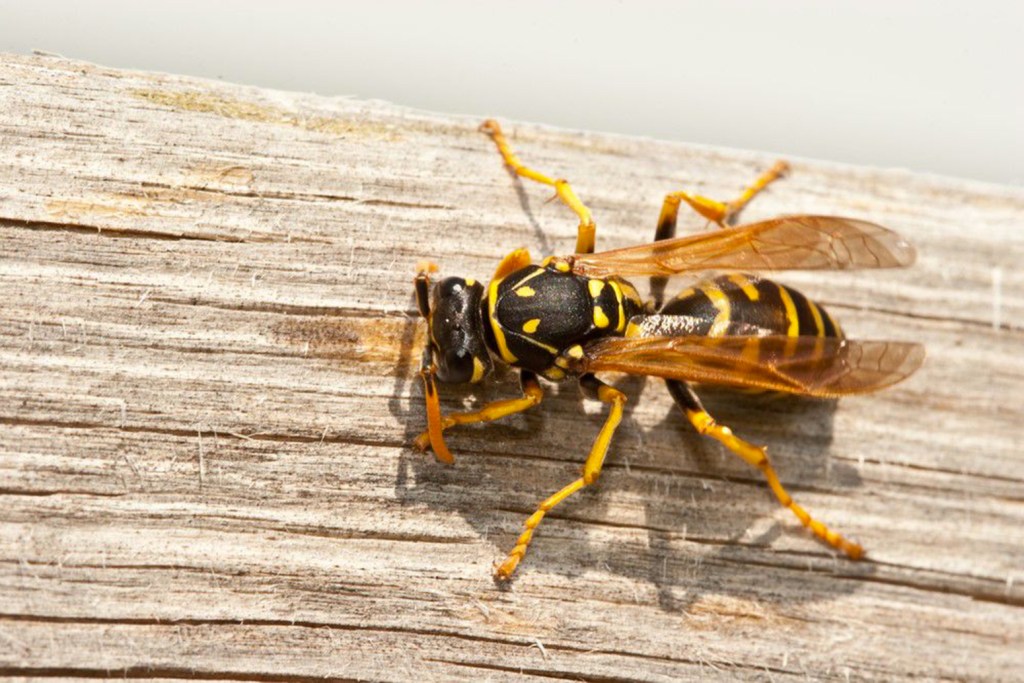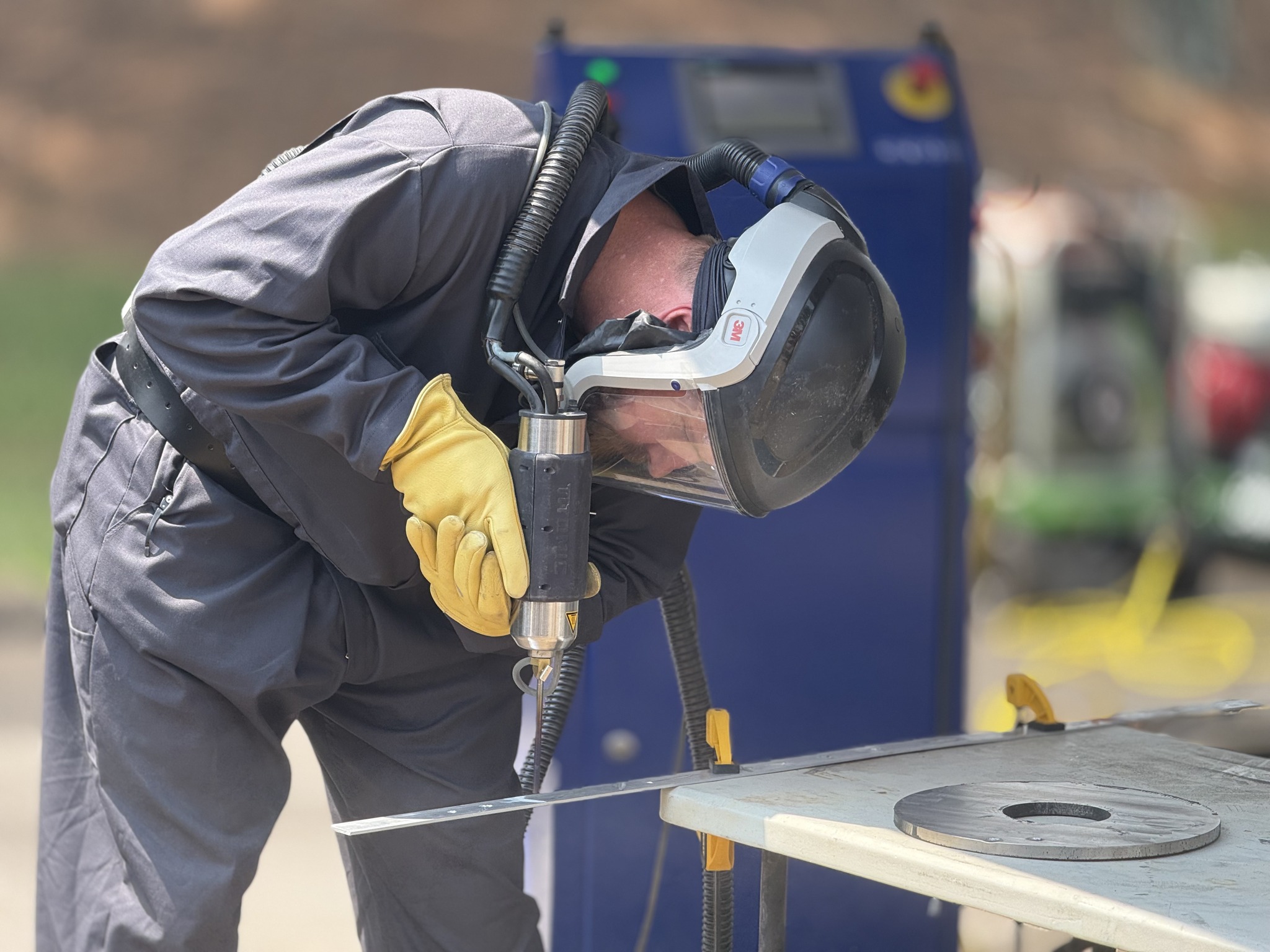THE GARDEN SPOT: Yellow jackets
Published 6:15 am Wednesday, July 4, 2018

- Each yellow jacket can sting repeatedly. They generally attack in large numbers and are especially dangerous in summer.
Q. I have seen a lot of yellow jackets lately. Unfortunately, several of the little devils got up close and personal. Wow, those things hurt. What should I look for to prevent another incident? How can I get rid of them?
A. So sorry for your mishap. I want to start swatting, just thinking about those little menaces. Yellow jackets seem to be at their peak in late summer, going into early fall in Alabama.
Trending
Yellow jackets are one of the common forms of wasps in North America and get their names from the yellow and black coloring on their bodies. Yellow jackets actually consist of multiple species that come from two different genera of wasp: Vespula and Dolichovespula. The most common species of yellow jacket in the South is the Southern yellow jacket (Vespula squamosa). Yellow jackets are commonly mistaken for bees, but they are highly aggressive wasps, not bees.
They usually ground-nest in areas such as old rodent burrows, beneath landscape timbers and heavy mulch, or in rock walls. They may also be found in the wall voids of homes.
Yellow jackets begin new colonies by mated overwintered females who become foundress queens. The new nests, which are usually constructed in May, may contain a dozen developmental cells. By fall, annual nests typically contain 300 to 120,000 developmental cells, depending on the species and environmental conditions.
Unlike other stinging insects, yellow jackets like to sting people. Each insect can sting repeatedly. They generally attack in large numbers and are especially dangerous in summer.
As the yellow jacket’s natural food supply begins to decrease during the fall, they tend to become more of a problem to humans. As the weather cools, we tend to picnic outdoors a little more. Yellow jackets will not hesitate to feed on our picnic foods (hot dogs, hamburgers and soda) in order to fulfill their dietary needs for protein and carbohydrates. Yellow jackets can also become a problem around dumpsters and trash cans at public facilities.
So how do you control these aggravating insects? Locate the nest during the day, if possible, and mark its location. Do your treatment at night. Yellow jackets are similar to people in that they “go home” at night.
Trending
Do not shine a flashlight directly at the nest because you may startle the yellow jackets. Use a dust formulation (preferred method) or at least 1 gallon of a liquid insecticide labeled for yellow jacket control. Gently puff the dust at the nest entrance or thoroughly drench the nest with a liquid insecticide.
It is recommended that you wear full protective clothing, including a long-sleeved shirt, long pants, gloves, and a bee veil when attempting control. For safety purposes, it may be best to consult a professional pesticide applicator, especially if the nest is large or hard to access.
One more point to mention — under no circumstances should you attempt to kill yellow jackets by pouring gasoline or other generic chemicals into the nest. Doing so will poison the ground, killing both plants and animals. It may also prove to be a fire or health hazard to humans.
— For information on topics related to the home and garden, contact any office of the Alabama Cooperative Extension System. The Limestone County office is located at 1109 W. Market St. in Athens. Office hours are 8 a.m.–4:30 p.m. Monday through Friday. For more information, call 256-232-5510 or visit www.aces.edu.





